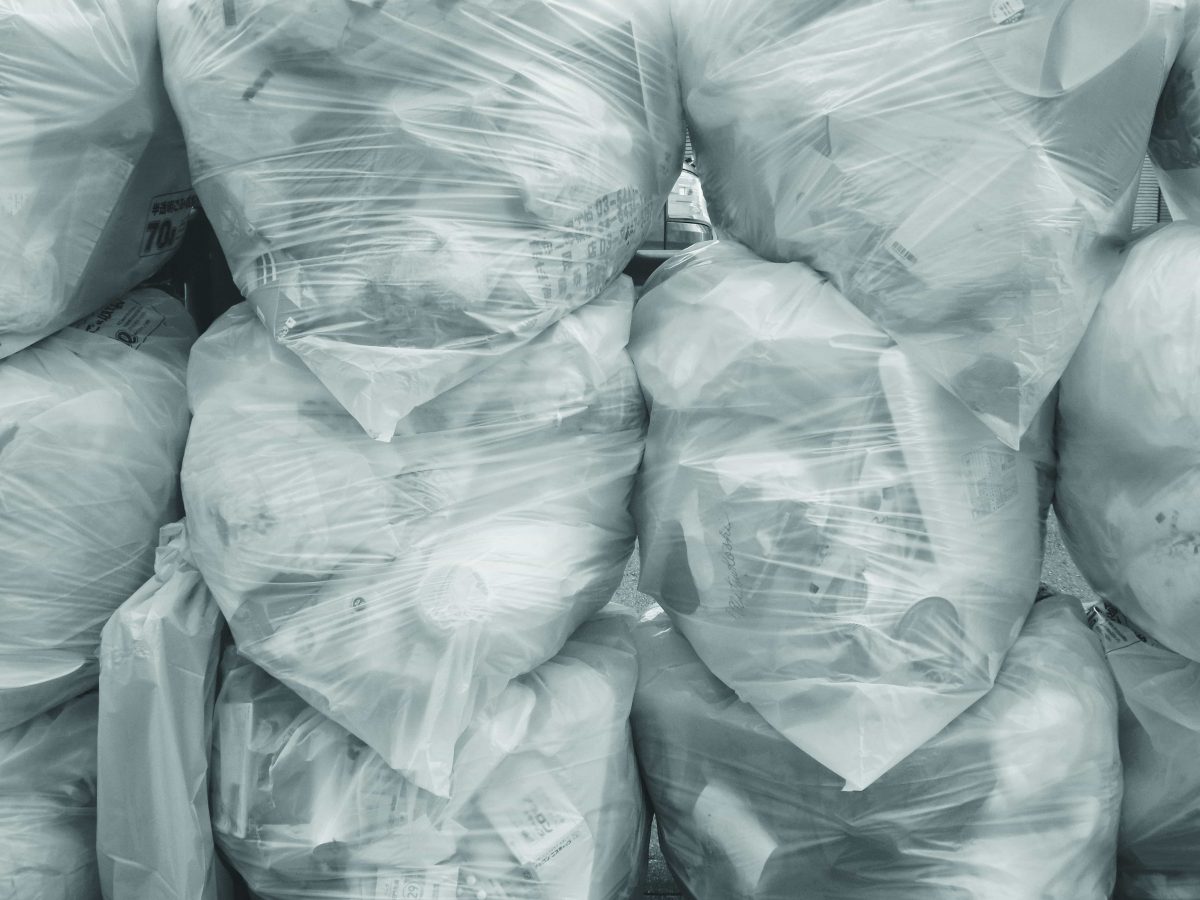A program that drastically cuts carbon emissions from landfill is being extended.
To date, company LGI has enabled Bundaberg Regional Council to reduce its carbon (CO2e) emissions by 625,000 tonnes, which is the equivalent of planting 10.4 million seedlings for the next decade or removing 19,535 cars off the road for a year.
The decade long partnership has already seen 65.8 million m3 of biogas captured at council’s Cedars Road landfill and University Drive landfill, which collectively have generated more than 249,000 Australian Carbon Credit Units (ACCU).
LGI recovers biogas from landfill, reduces methane emissions and helps progressive councils achieve their ambitious emissions reductions targets. This form of reducing (or abating) harmful greenhouse gas emissions from landfills is measurable, immediate and irreversible.
LGI Chief Operating Officer, Jarryd Doran says the expanded partnership council will also explore the opportunity to deploy carbon abatement technology at the Qunaba Waste Management Facility.
“Bundaberg Regional Council’s carbon cutting approach of using proven, cost-effective technologies to capture and abate the harmful methane emissions from its landfills is an example of what progressive councils can achieve by prioritising the environment by reducing emissions,” Mr Doran says.
“Bundaberg Regional Council is a shining example of what can be achieved when local governments embrace green initiatives and implement environmentally responsible and sustainable practices.
“The partnership is at no cost to local ratepayers and also sees council receive a percentage of ACCU’s generated by the project.
“LGI will also be investigating opportunities to upgrade the biogas collection and flaring project at the Cedars Road landfill to produce reliable, dispatchable (24/7), renewable energy. Projects connected to the distribution network, where the local power demand is, can accelerate Queensland achieving its renewable targets, including 50 per cent renewable energy by 2030.”
Mr Doran says LGI’s carbon-cutting blueprint is becoming even more popular following the Australian Government’s recent commitment to cut emissions by 43 per cent by 2030.
“Emissions from landfills without biogas management systems can be a significant problem and can contribute up to 80 per cent of a council’s carbon footprint,” Mr Doran says.
“It’s evident the leaders at Bundaberg Regional Council and the local community are serious about saving money while transitioning to a cleaner, greener future.”
Councillor Tanya McLoughlin says gas flaring was introduced at waste facilities in 2013.
“Council is continuing to champion positive environmental outcomes through best practice waste management, including the implementation of gas flaring among other ongoing initiatives,” Cr McLoughlin says.
“Gas flaring aligns with our strategic vision and commitment to work Towards Net Zero and is in line with the region’s recent accreditation as an ECO Certified Destination.
“Council is looking forward to continuing to develop our gas flaring capability and is investigating the viability of expanding the use of this gas flaring infrastructure to generate renewable energy into the future.”









